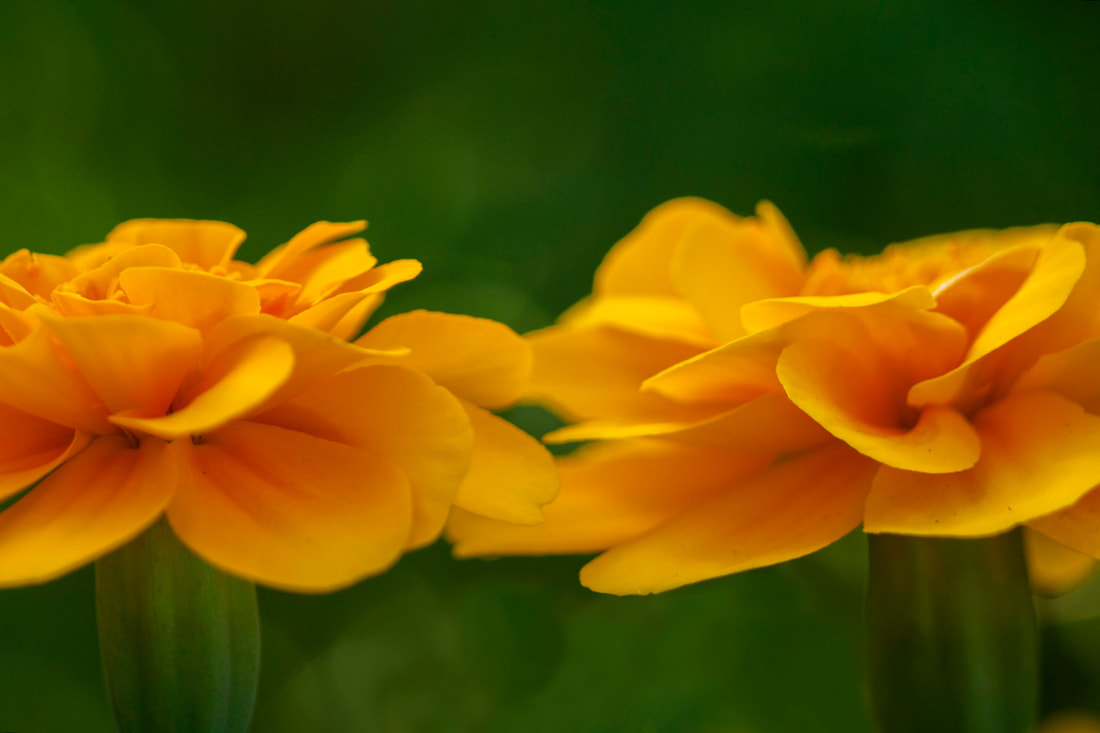|
Notice your subject, tune into movement, and experiment with lines. The photographic strategy of using leading lines to pull in the viewer's attention is a common strategy for composing images that create interest. The idea behind leading lines is to make an image that leads the eye to the main subject of the image. A leading line paves an easy path for the eye to follow through different elements of a photo. Just as the rule of thirds, which can be read by clicking here, leading lines is another concept that can easily be found on Google, but here I'm using shapes as lines. Shapes still keep the eye moving, and they also have the potential to communicate a more personal narrative while enhancing the traditional approach with greater meaning. Before I move into my personal insights, I want to be clear: this is by no means the only way to view leading lines, shapes, movement, or any abstract concept. Feel free to take what you want and leave the rest and/or adapt it to your own culture, values, spiritual beliefs, and personal experience. Continue reading below for examples of how to use lines and shapes to tell a story. Horizontal Lines: Stable, Calm, BalancedTwo or more subjects next to each other on a horizontal line create a sense of stability, calm, balance. Imagine the horizontal line as balancing scales perfectly balanced. In the images below, I find the horizontal composition of the yellow marigolds more pleasing than the purple coneflower. The marigolds have a more connected, peaceful presence. Their inherent shape and unique essence work well for creating stability, calm, and balance. Interestingly enough, finding two or more coneflower blossoms that were naturally in a horizontal line from each other was a real challenge. After this experiment, I'm quite certain they don't have any intention to be viewed as stable, calm, and balanced! What nature subjects offer you stable, calm, and balanced feelings? Vertical Lines: Dignified, Powerful, Majestic
What other nature subjects offer you dignified, powerful, majestic feelings? Diagonal Lines: Active, Dramatic, add tensionTwo or more (three or more is my preference) subjects on a diagonal line create an active, dramatic scene that builds tension. Imagine the diagonal line as steps to climb. I think both flowers are able to pull off the drama in the images below, but here the marigolds are benefited by the dark, contrasting background and the diagonal running both ways - one with the full blossoms and one with the unopened buds. Although it was easy to frame both this way, I prefer the drama and movement created by the coneflower blossoms and there were a multitude of natural options for finding them on the diagonal. What nature subjects offer you stable, calm, and balanced feelings? Circles: Comforting, connective, Timeless
When considering shapes, tune into your subjects. What is their natural movement? Is it balanced and calming? Majestic and powerful? Active and dramatic? Gentle and comforting? Chat with your subjects and allow them to share their story with you. Listen closely and you'll be able to make an intentional image that honors their natural movement. How will you tell your subjects' story using lines and shapes?
Comments are closed.
|
AuthorKristin Perry is a nature photographer navigating life's complexities by focusing on beauty. Categories
All
Archives
June 2021
|







